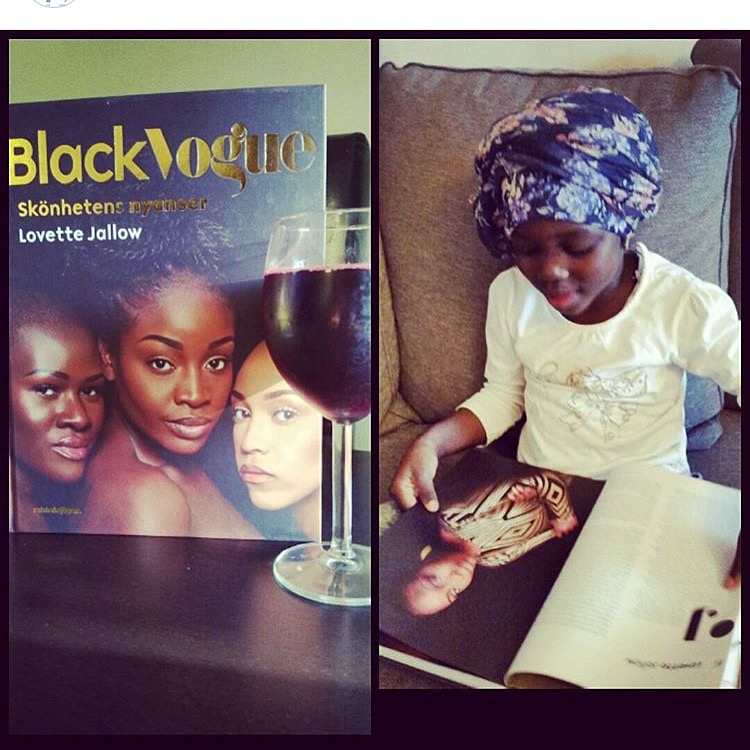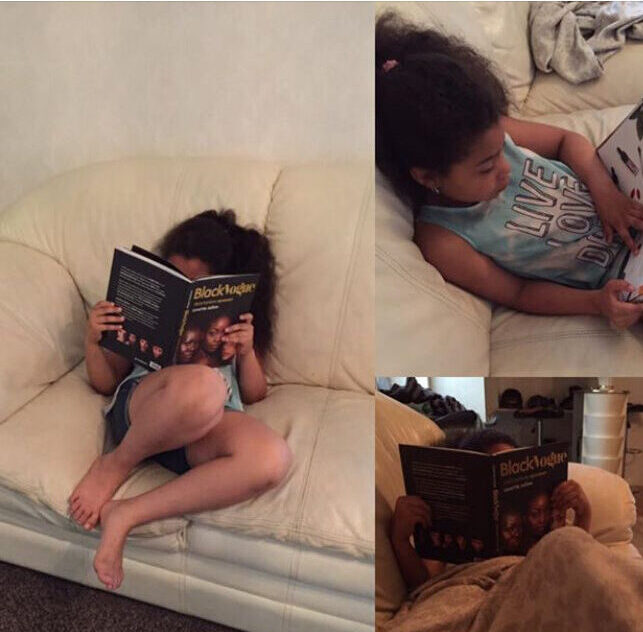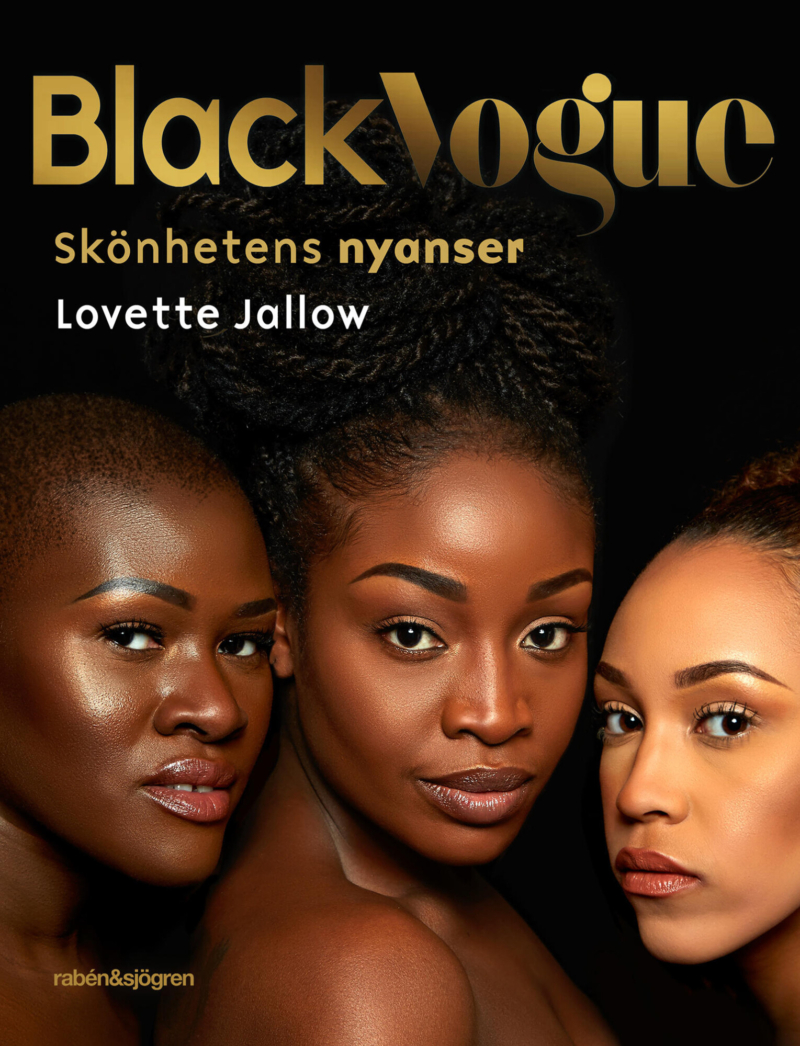Featured in “Svenska Hjältinnor” (Swedish Heroines) Goodnight Rebel Girls
I have always loved the “Goodnight Rebel Girls” book series and often read them to my nieces and godbabies, so I was thrilled to be featured in the dedicated edition for young Swedish girls called “Svenska Hjältinnor” (Swedish Heroines) by Bokförlaget Max Ström.
This book pays homage to 100 extraordinary Swedish girls and women from different eras who have achieved remarkable things. Among them are renowned figures such as author Selma Lagerlöf, my late mentor, the psychologist and Holocaust survivor Hédi Fried, and Astrid Lindgren, whose book “Pippi Longstocking” I read in Gambia long before moving to Sweden when I was 11 years old.
This book pays homage to 100 extraordinary Swedish girls and women from different eras who have achieved remarkable things. Among them are renowned figures such as author Selma Lagerlöf, my late mentor, the psychologist and Holocaust survivor Hédi Fried, and Astrid Lindgren, whose book “Pippi Longstocking” I read in Gambia long before moving to Sweden when I was 11 years old. The book also features contemporary artists like Zara Larsson and Robyn, climate activist Greta Thunberg, known for her global impact on environmental awareness, and Tess Asplund, an anti-racism activist recognized for her powerful stance against neo-Nazis. Additionally, it honors notable Black and Brown women such as rapper and activist Silvana Imam, singer-songwriter Seinabo Sey, actress and playwright Bahar Pars, the late Fadime Şahindal, a significant figure for the fight against honor-based violence, and singer Cherrie.
The Lack of Black Representation in Sweden and its Impact
Representation can have a profound impact, especially for young girls. As a young Black girl in Sweden, I rarely came across Black role models who shared my experiences until I moved to England for my university studies. When I grew up in Sweden, at best, I saw mixed women on television whose experiences did not mirror mine as a dark-skinned girl. Colorism impacts us differently, and Swedish media favors those closer to their skin tone. Unless you play the stereotypes set out for you, you cannot be visible.
The Challenge of Colorism
Colorism, the bias against individuals with darker skin tones within the same ethnic or racial group, deeply affects visibility and representation in media. In Sweden, this issue is especially pronounced, with media often favoring those with lighter skin tones to represent all Black swedes. This bias not only reinforces harmful stereotypes but also denies dark-skinned individuals the chance to see themselves positively represented. This lack of representation can severely damage self-esteem and self-worth, perpetuating a painful cycle of underrepresentation and marginalization.
Creating “Black Vogue: Skönhetens Nyanser”
To combat these issues and create the representation I never saw growing up, I authored “Black Vogue: Skönhetens Nyanser” (Beauty Shades). This book was a labor of love and a crucial project for me. It highlights the beauty and diversity of Black individuals, particularly in the context of Scandinavia, where such representation is sorely lacking. My aim was to provide a resource that celebrated Black beauty in all its shades, breaking the mold set by traditional Swedish media.

A Movement in Beauty Diversity
“Black Vogue: Skönhetens Nyanser” quickly became more than just a book; it sparked a movement in beauty diversity across Scandinavia. By challenging the narrow standards of beauty perpetuated by mainstream media, the book encouraged broader acceptance and appreciation of diverse beauty. This movement has inspired many to embrace their unique features and reject the limiting stereotypes that have long dominated Scandinavian beauty standards.
Importance of Representation
Representation is crucial for young Black girls as it helps challenge stereotypes, build self-esteem and self-worth, foster cultural connection and pride, and encourage diverse career aspirations. According to a 2021 study by the Swedish National Agency for Education, children who see themselves reflected positively in media and literature are more likely to achieve higher self-esteem and academic success. Additionally, research from the Geena Davis Institute on Gender in Media indicates that when children see characters that look like them, it significantly enhances their aspirations and belief in their potential.
By creating “Black Vogue: Skönhetens Nyanser,” I aimed to fill the void in representation that I experienced growing up, providing a platform for Black beauty to be seen, celebrated, and appreciated in all its diversity. This work continues to inspire and empower the next generation of Black girls in Sweden and beyond.

My Advocacy Work
As an Afro-Swedish woman, my work today, and since returning from England in 2013, focused on promoting diversity and inclusion, particularly for Black individuals in Sweden, which benefits society as a whole. I have dedicated a huge part of my career to challenging systemic racism and creating platforms for historically marginalized voices. In a country and in spaces that have long excluded and silenced us, I aim to highlight the unique experiences of Black people in Sweden and advocate for our rights and the recognition of the realities we face here.
Stunning Illustrations
The book’s stunning illustrations by talented Swedish artists make it all the more valuable as an addition to my collection. I had to have my illustration redone by an artist of my choice as the original showed me with a much lighter skin tone. She ended up illustrating several other images too. Each story is brought to life with beautiful, vivid artwork, making it a captivating addition to any collection.
Conclusion
“Svenska Hjältinnor” is a beautiful book but also more than a book; it’s a celebration of Swedish heroines and a beacon of hope for young girls everywhere. It’s an honor to be included among such remarkable women, and I hope this book and my own and many others to come inspires the next generation to dream big and achieve great things.
Lack of Diversity in Sweden’s Publishing Industry:
I also hope that Max Ström and the broader publishing industry in Sweden work diligently to enhance their diversity efforts behind the scenes and within their workplaces. It is crucial to employ a workforce that reflects Sweden’s demographics to help identify and uplift diverse authors, editors, and creatives. Such inclusivity would mitigate instances where I, or others, must point out obvious oversights, such as my skin tone being depicted six shades lighter in illustrations. My features being changed dramatically to looking similar to one of the white artists in the book but painted darker and a headwrap. These mistakes, likely missed by non-Black employees and illustrators, required correction by me—a form of emotional labor I would have gladly avoided.
The swedish book publishing industry has a lack of diversity issue I will write about in another article. As it is too broad to cover in this one which I aimed to celebrate some forward movements.








